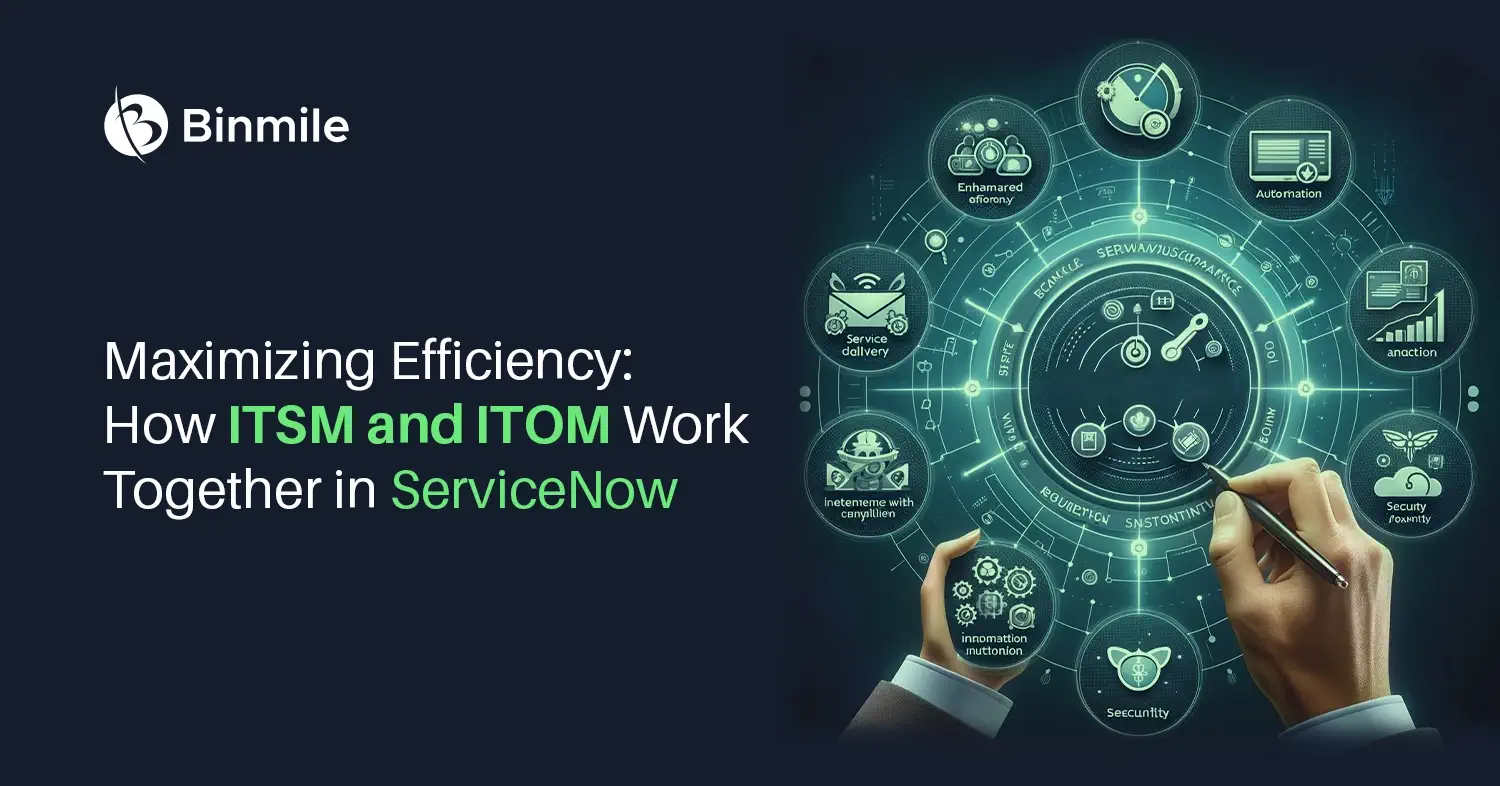Automation testing allows us to run tests that would be difficult or impossible to execute manually. It can also help us find issues that were missed in manual testing. It lets you increase efficiency by allowing us to focus on other tasks while the tests are running. Moreover, you can improve the quality of our software and reduce risk by finding issues earlier in the development process. When you think of saving money, test automation helps you deploy faster and more frequently without errors. A proper and effective test automation strategy enables business organizations to get desired outcomes by deducting overall testing effort to result in significant ROI, increasing release velocity through iterations, reducing manual human errors, and alleviating time to market software products. Let’s move ahead and know more about building a suitable test automation strategy along with test automation lifecycle phases.
A Test Automation Story
Test automation helps you deliver quality products quickly. Software development companies use test automation to develop high-quality products rapidly. A sample delivery pipeline with test automation might look like this:
- A continuous integration (CI) tool will run the automated tests triggered by your change.
- A hybrid framework combines the advantages of keyword-driven and data-driven approaches.
- The framework will go through the configuration file and read the web element objects from the repository.
- The framework can pull data from various sources: Excel, CSV, web feeds, and databases.
- After running the test, this report will be available in HTML
- You will be sent a report with screenshots outlining any defects you have with your page.
One Time Activity
- Plan – Feasibility study, review manual test case, verify testability, selection of automation candidates, and define automation strategy
- Design – Framework design, test data management plan, define abstraction layer and plan reusable libraries
Iterative
- Develop – Create test scripts, create best data, build execution flow, add to function libraries, and repository management
- Execute – Create test environment, deploy test suite, execute test script, result reporting, defect tracking, and closure
- Maintain – Update assets, maintain test suite, archive test scripts, defect, testing, and regression testing
Test Automation Lifecycle Phases
There are six phases of the test automation lifecycle. These include:
Automation Feasibility Analysis
To determine whether to automate a process, you’ll first need to test the software manually. Then you can decide if automation is possible and worthwhile. Here, you need to identify the test cases that could benefit from automation. After this, pick the most appropriate test tool for the job. In this step, you check test automation feasibility. This step also covers shortlisting relevant test cases and choosing the right test tool that fits your requirements.
Test Strategy
Here, you select the framework for your automated tests. You have multiple options, including linear, keyword-driven, and data-driven frameworks. You may choose to use a test automation framework that automates scripts, or you may opt to create your automated tests.
Environment Set Up
After feasibility analysis and test strategy, you can set up the testing environment by acquiring the required hardware and software and ensuring everything is in working order in this phase. This step is vital for executing the automated test cases.
Test Script Development
In this step, you will start writing the automation test scripts. Ensure that you have planned the scripts and that they are well-structured, well-documented, and easy to reuse.
Test Case Execution
After going through four phases of the software test automation lifecycle, you run the test cases you created in the previous step. It means you can run written test cases to ensure they work.
Test Result Generation and Analysis
During the final phase of test automation, you’ll analyze the results of your test cases and share the reports with your team members and stakeholders.
Benefits of a Test Automation Strategy
Professional automation testing companies know how to make an effective testing automation strategy that helps clients get unique testing outcomes. A successful testing strategy and framework can write a different story and positively impact your business with many benefits. Some of the benefits include:
- It provides more comprehensive testing. Even complex test automation tasks are completed quickly, and your products become more robust.
- It promotes the re-use of critical components. This increases employee productivity since they can invest their time into other critical areas of their work and business.
- It reduces maintenance costs. You can easily change and update your testing methodology easily. People in your team can adopt these changes quickly and easily.
- It creates the testing standard for your organization. Your strategy will become the standard used across the organization because it’s complete and robust.
- If your strategy is based on a result-oriented approach, it will give stakeholders quick confidence about shippable software.
Steps for an Effective Test Automation Approach
- Evaluate to understand test automation needs based on application type
- Define test automation goals and priorities
- Plan an automated testing strategy
- Select the right automation testing tool and framework based on project requirements
- Decide on what test cases you need to automate
- Develop good quality test data
- Create automated tests for more resistance to UI changes
- Execute the tests for the test scripts development
- Test early with (CI/CD) continuous integration and continuous delivery pattern
- Maintain the test scripts for future use
Summing Up
A successful test automation strategy will lead to big things! It is essential to develop an intelligent test automation plan that ensures the full benefits of automation testing and the achievement of the desired goals. If you implement a successful testing strategy for automated tests, your tests will cover more of the application’s code and encounter fewer bugs.




